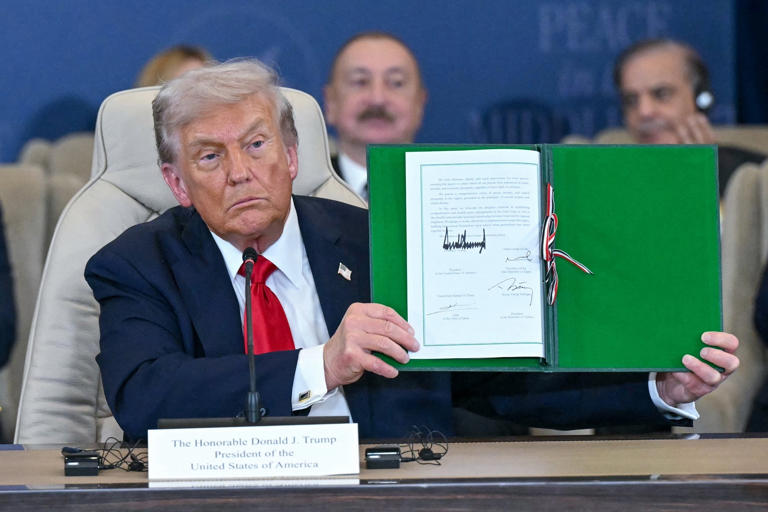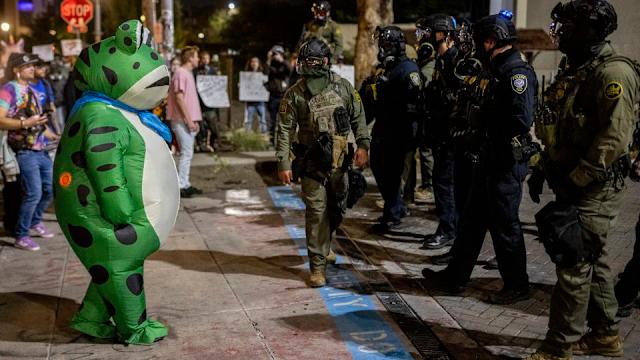The USFL is back, will it last this time?
April 27, 2022
The concept of spring football is nothing new, as people have attempted to capitalize on the popularity of American football by pushing spring ball since the World Football League in the mid-1970s.
Once again, a new league has emerged, the reincarnated United States Football League (USFL), which bears the same name as the original USFL, a league that operated from 1983-1986.
The first incarnation was attempting to go toe-to-toe with the NFL, recruiting big-name players and signing them to contracts that were unheard of at the time.
Names such as Reggie White, Steve Young, Herschel Walker, Jim Kelly, Doug Williams and Mike Rozier among others dominated the league and made it instantly popular.
However, despite all the promise, the original USFL was not meant to be.
Shaky finances hurt the bottom line of many team owners, and the bold power play of New Jersey Generals owner and future U.S. President Donald Trump to move the league to a fall schedule to compete directly with the NFL drove the league into an early death, as an abysmal lawsuit relegated the league to being nothing more than a punchline.
However, over 30 years later, the USFL is back, sort of.
Launched by entrepreneur Brian Woods, the USFL returned with the partial ownership of FOX Sports and broadcasting agreements in place with major networks such as FS1, NBC, USA Network and Peacock.
While the league doesn’t feature top-tier NFL talent, it does feature an interesting mix of NFL castoffs and former college stars like quarterbacks Shea Patterson and Paxton Lynch.
These players were added via a USFL Draft, as well as a supplemental draft that furnished all the teams out.
Former NFL head coaches Jeff Fisher and Mike Riley carry the weight of name recognition for the coaching tree, plus names like Todd Haley and Kirby Wilson, former NFL assistant coaches, make up the coaching pedigree in the league.
Despite the fanfare associated with the revived USFL brand that brings back the legacies of teams like the Tampa Bay Bandits, Philadelphia Stars and Pittsburgh Maulers, the question remains, “Will this league make it?”
It’s a question that has arisen with the advent of other spring leagues like the WLAF, XFL (twice), UFL and the AAF.
Is there an appetite for more football? Can fan interest be sustained with mediocre players? Will there be enough money to keep the league afloat beyond the first season?
Specifically in the case of the USFL, will the hub model work?
For its inaugural campaign, the USFL will play all its games in Birmingham, Ala., to cut down on travel and lodging expenses.
However, with the city hosting three to four games every weekend until June, can that entice fans to show up and support the league? With lackluster fan attendance, will fans at home stay tuned in to what amounts to a glorified scrimmage?
These are all questions that will be answered in due time; however, regardless of whether it succeeds or not, I do support the discussion it has once again ignited in professional football, which is whether there should be a spring, developmental feeder league for the NFL.
Personally, I think there should be; with so much talent out there that is often overlooked by NFL teams, it serves a practical purpose to have a league where players can hone their skills and become more well-rounded before making the jump.
What remains to be seen, though, is whether the new USFL will be the league to do that.
MICHAEL GUIDO





